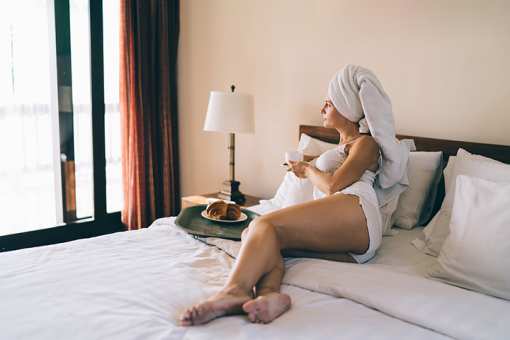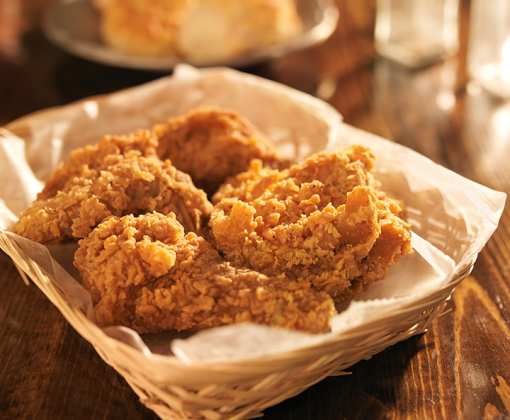Our History:
Nothing like it had been seen in Statesville before the war. The large, stylish house being built just outside the town limits was a maverick in the North Carolina Piedmont for its time. Those few local folks who had cause to travel south remarked that it looked more like the fine houses built by well-to-do planters in the low country of South Carolina and Georgia. Perhaps only the proud owner Silas Sharpe knew that many of its Classical Revival elements were taken from the published designs of a popular New York architect. Whatever its origins, it was a fitting house for an up-and-coming business owner and his young family.
The exact dates of construction are uncertain. It may have begun as early as 1855, shortly after Sharpe returned to Iredell County--having spent several years in South Carolina training in the tannery business. What is certain is that the outbreak of the Civil War and subsequent shortages in materials and manpower brought progress to a halt. It was 1866 before the house was completed and the Sharpe family was able to move into Silas' dream house. Local legend has it that a bullet fired by a Union soldier during Stoneman's Raid (April 1865) is still lodged in the lintel of the front door.
The house is a two-story frame house with a central hallway-stairwell flanked by two rooms on each side both upstairs and downstairs. Large windows and a deep portico are designed to catch the cool breezes. Tradition says the original kitchen was located in the cellar and featured a large stone fireplace. Evidence suggests this was abandoned quickly in favor of a kitchen attached to the rear of the house.
Although today, the house is isolated on a small city lot adjacent to a busy corridor of downtown Statesville, it once overlooked a thirteen acre estate that operated like a small self-contained farm. Descendants remember large gardens, orchards, pastures, and a branch of Fourth Creek that bisected the property (still visible today if you know where to look). The gardens were both practical and beautiful with beds of vegetables and herbs anchored by fruit and nut trees. Floral borders featured roses, lilies, geraniums and violets. A white picket fence enclosed the front lawn.
Neatly painted outbuildings clustered close to the house and included a servant cottage, large barn, milking shed, wagon storage, granary, tool sheds, two small biddie houses, well house, carriage house, flower house, privy and more. Animals kept on the property were equally varied and included the usual milking cows, hens, pigs and horses.
Despite her social status as the wife of the town's prominent mayor, Sarah McKee Sharpe kept a steady trade in fresh eggs, milk and fruit with local citizens. She also rented pasture space for their milk cows for "pin money". Perhaps it was a necessary measure to offset the cost of housing a family of six plus assorted relatives and friends who enjoyed the Sharpes' hospitality during the long quarterly meetings of the county court.
A 1976 inventory of Iredell County historic properties by the State of NC describes the ornamentation of the house as follows: "The portico has unusual delicate columns carved to resemble a sheaf of slender stalks, and a balcony with an elegant turned wooden balustrade. The crossetted entrance is similar to the published designs of noted New York architect Asher Benjamin. The French doors which flank the center bay at both levels of the portico also have crossetted moldings but these [were] added when the house was remodeled in the 20th century."
The house changed very little during the remainder of the 19th century. Sarah’s approach to household management leaned heavily on the ideas she had learned on her family’s plantation prior to her marriage. It was late in the 1890s before her grown children could persuade her to adopt such new-fangled practices as indoor plumbing or electricity.
Sarah outlived her husband by nearly twenty years and at her death, the house passed to the couple’s oldest son John McKee Sharpe. Unfortunately, business reversals in the Great Depression forced him to sell the house. By 1938, it had passed into the hands of Mr. and Mrs. John H. Gray, Jr.
The Grays immediately began “restoration” of the interior of the house. Most of the exterior remained unchanged with one notable exception. The long windows on both levels of the portico were replaced with French doors. On the interior, the most notable alterations were the addition of arched doorways on the main floor. This feature owes more to the Federal style of architecture found closer to Washington, D.C. where Mrs. Gray was born and raised. The couple were avid world travelers and collectors of fine antiques. The historic house made a fine showcase for their collection.





